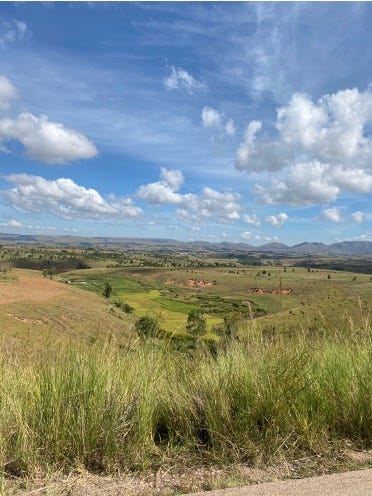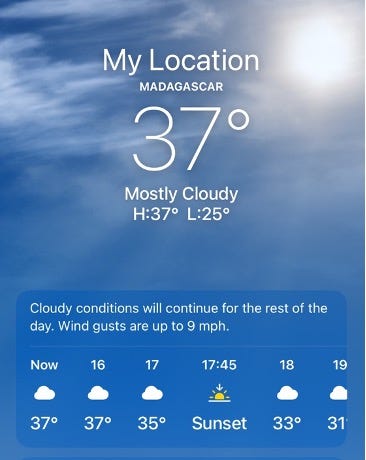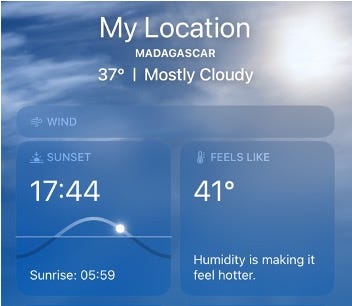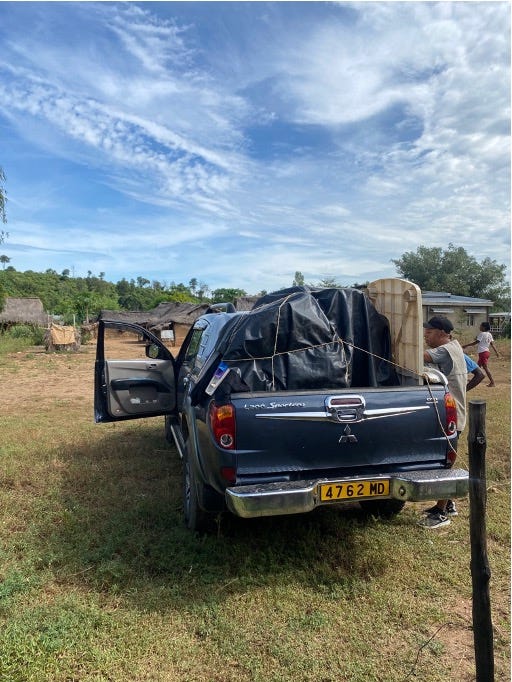First Month in the Field (Part 1): Heat Stroke and Grant Rejection
Fieldwork 2024: Issue #2
What a month it’s been! When you’re in the field time is a weird concept, it goes incredibly fast but also very slow, and this past month has been no different. Some days/weeks go very quickly, and it feels like the time is flying by, but some days (mostly the hot, sweaty and bug-filled days) drag!
As it’s been just over a month since I left Toronto, and gave you all the first update, I thought I would give you all an update on what’s been going on since I left Antananarivo and started the journey to my field site in the dry forests of Mariarano. It turns out a lot can happen in a few weeks….
Mahajanga: The hottest place I have ever visited…
The Mariarano forest (my PhD field site) is in the northwest of Madagascar, and the closest city (around 50km by dirty road) is the beach town/holiday destination of Mahajanga. To get to Mahajanga from Tana you can fly directly (which is very costly) or drive via RN4 (National Road 4).
When I started to work in Mariarano in 2018 the journey by road took around 12 hours, through the beautiful rolling hills of the central highlands. But as the years have passed the road has sadly got worse and worse, despite multiple parts of ‘new road’ being built or other parts being maintained. This is largely due to two factors, 1) Weather, the tropical storms and cyclones that hit the island every year ruin the sadly already poorly constructed roads, and 2) Large HGV trucks travelling along the road all hours of the day making holes in the roads multiple or become bigger. This all means that, even with a good car and driver, the journey will take you around 15 hours (with a 30-minute lunch stop and 2-3 toilet breaks on the side of the road). This in itself is pretty tough, but if you add in the fact that as part of the journey you travel through the hottest part of the island (Maevatanana) during the peak sun hours of the day (12-2 pm), it can honestly feel like hell if you aren’t in an air-conditioned car (which most aren’t).
So, as this wasn’t the first time I’ve done this journey I knew what I was letting myself in for. But unlike previous years this is the earliest in the year I have made the journey, and April in Madagascar is hot, very hot (especially in the northwest). At one point in the journey, the temperature was 37°C, with a feels-like temperature of 41°C(!). Which I think is the hottest temperature I have ever been in. But, after leaving my hotel in Tana at 5.30 am myself and the team made it to our hotel at Mahajanga at around 10 pm. This was not where the story for this day ended though, as at around 6 pm while checking notifications on my phone I noticed I had received an email regarding a big grant I was waiting to hear back from and sadly it wasn’t good news*. Getting a grant rejection (or any rejection in academia) is never easy, and I haven’t felt the sting become less painful yet, but it especially hurts when you’ve been in a hot minibus for 10 hours travelling along a very bumpy road… It’s safe to say I was happy to get to bed that night.
*It’s now mid-May and sadly in the week that followed I got a further two rejection emails… but I also got two grants accepted! I still have more rejected that got accepted, but I’m still very happy and proud of the ones I were successful on.
Preparations and heat stroke…
The next 3 days were pure organisation and preparation days. First on the list is to go to DREDD (Direction Regionale de l’Environemt et du Developpement Durable) to get the last signatures and stamps on my research permit. Before you can conduct any research within Madagascar you need three levels of approval (as well as research/ethics approval from your home institute), first is the government level, through the Ministère de l'Environnement et du Développement Durable in Antananarivo, second is a the local district level, for me this is through DREDD and the Chef Cantonnement de l’Environnement de des Forets of the district of Mahajanga II, and then finally you need local community level approval, which for me comes from the president of the local VOI (local community forest protection programme). I will need to go through a similar process when I leave Mariarano with the faecal samples that are to be exported to Arizona (we’ll come back to this in a few months). Luckily everyone that I needed signatures from were at the DREDD office on the morning I went, so I got all the stamps I needed with no problem.
Next on the list was to pick up equipment from the various places it’s kept in storage. While at the site in Mariarano the team camps, and the only things at the site are long drop toilets, shower stalls and a building with a place for a fire and two sinks. This means we need to bring everything for camping and living for multiple months with us to the site. Including, tents, solar panels, car batteries for charging equipment, research equipment and everything you would need in a kitchen to cook and clean (this ends up being 2 full 4x4 cars worth of equipment). As I only bring 2-3 23kg bags with me to Madagascar the team needs to store this equipment somewhere. Luckily, we work with various people and organisations in the country that help us with this. So, collecting this equipment takes at least a day.
After this, the last things left to do were to buy any last-minute research supplies (note-books for data collection, 70% ethanol for cleaning research equipment etc) and get enough food (both fresh vegetables, dried beans and tinned food, as well as everything else) to last us for 4 weeks in the forest. This brings a whole new meaning to doing the ‘big food shop’!
I love Mahajanga, it’s so much quieter than Tana (especially during April-May and September-October when everyone is in school or work) and having the ocean right next to you is amazing, but it’s hot. For the 3 days we were there the daily temperature easily got up to 40°C (thank goodness for the pool at the hotel!), and I should have known that was a recipe for disaster, as when I left Toronto it was around 10-14°C, but I carried on as normal…. so of course, I got heat stroke. It turns out my body just couldn’t adapt to the change in temperature and humidity quickly enough (who knew that 40°C and 70-90% humidity daily would be so bad…). But luckily, after a couple of weeks, I’ve adapted, and I am more used to the climate now! Although as I am writing this it has started to get slightly cooler and daily high temperatures seem to be around the mid 30’s now, with the night getting down to the low 20s (I LOVE the cool air of a dry forest winter!) and the cool windy air of the forest is helping.
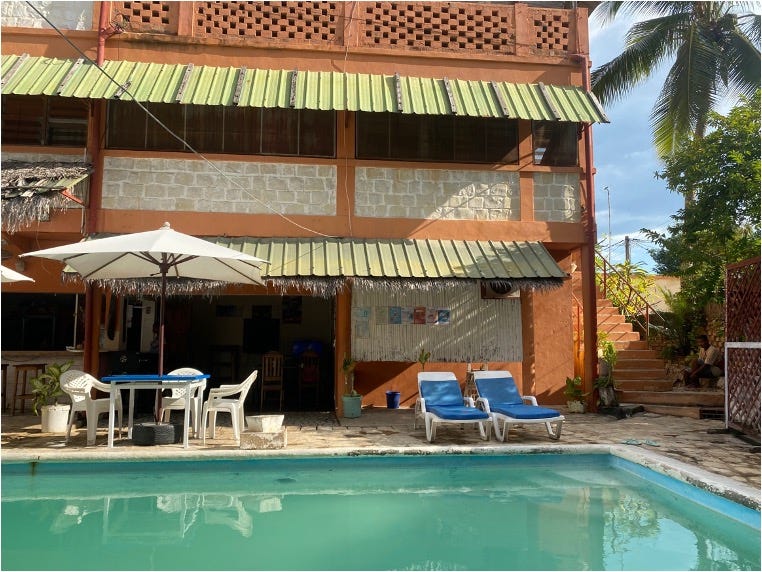
This ended up turning more into story time than I originally planned for it to, but I hope you enjoyed this update part 1. All being well I plan to send out update part 2 in a couple of days talking about the journey to Mariarano, seeing the sifaka groups for the first time since October, and my first thunderstorm in the forest!
I would love to hear people’s thoughts on these updates, do you like this more story style, or would quicker bullet points of updates be better? Please let me know!
See ya later,
Coral


